Beavers were the first mammals to be officially reintroduced back into the UK - and this week the Eurasian beaver (Castor fiber) has become a legally protected species in Scotland.
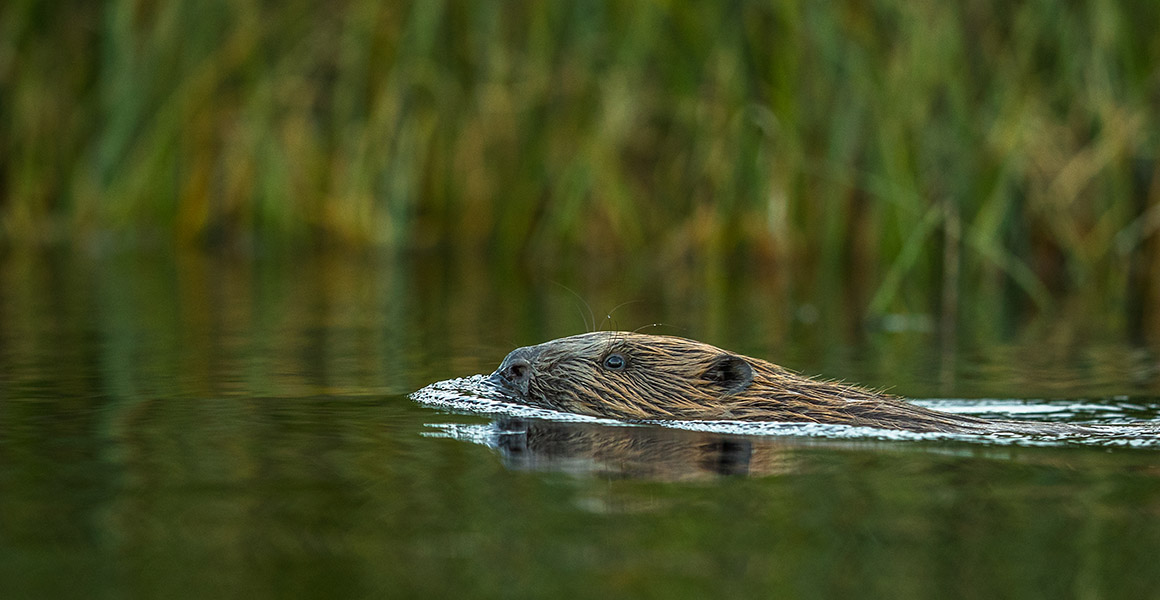
Beavers are the first mammal to be officially reintroduced to the UK © Lillian Tveit/Shutterstock
Up until now it has been legal to trap and kill the animals, as well as damage their lodges and dams. But this week, ten years after the official beaver reintroductions to Scotland started, the animals have finally been given protected status by the Scottish government.
From now on, if a land owner or farmer wishes to remove a beaver deemed to be causing a significant impact on their land, they will have to apply for a licence.
While this will help in the management of their populations, there is a certain degree of reticence from both conservationists and farmers.
Some worry that it will become more difficult to deal effectively with problem animals causing damage. Others are concerned about how the licences will be granted, and whether on the ground there will actually be any significant changes to how beavers are dealt with.
Roseanna Cunningham, the Scottish Environment Secretary, said in a statement, 'The Scottish Government believes in the highest standards of animal welfare -for both wild and domestic animals - and we felt it was high time that beavers enjoyed the same legal protection as other species like bats, dolphins, wildcats and otters.
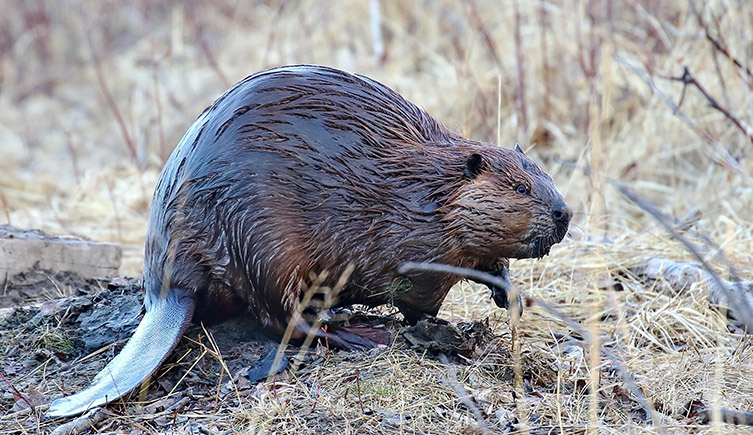
It is now thought that there are several hundred wild beavers in Scotland © EhayDy/Shutterstock
'There are few species that have such a significant and, largely positive, influence on the health and function of our ecosystems. The importance of beavers to Scotland's biodiversity is huge.'
The Eurasian beaver was heavily exploited throughout its range for meat, fur and castoreum, an anal secretion that was used widely in perfumery and to a lesser extent as an additive in food. By the 16th century all beavers in the UK were exterminated and it is thought that by 1900 only 1200 of the animals survived across all of Europe and Asia.
Over the last century, reintroductions and protections in Europe have led to a slow recovery for beaver populations. But the UK has been slower to put protective laws in place.
Scottish beaver trial
The first formal reintroduction of beavers into the UK took place in Knapdale, western Scotland, in 2009.
For the official trial a total of 17 beavers were captured in Norway and relocated to the lochs across Knapdale. This region was chosen for a number of reasons, but chiefly for the similarity of the area's forests to those of the beaver's native Norway. The natural boundaries formed by the sea and canal also limit the beaver's ability to disperse out of the district.
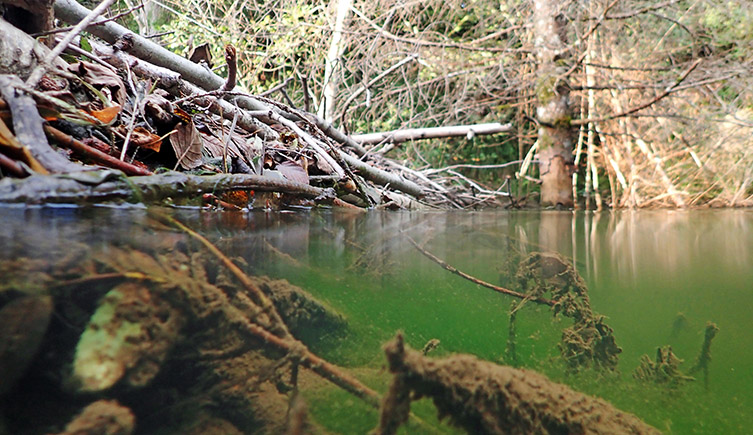
Beaver dams are well understood to provide extensive habitats for many other species, although when built in the wrong place they can cause damage © Astrid Gast/Shutterstock
Over the following five years the beavers were monitored as they moved between lochs, built dams and had kits, while their impact on the environment was also tracked.
At the same time, attitudes towards the animals among the local people were recorded. In general the beavers became accepted by many of the locals, who were pleased to see tourists and photographers flock to see the beavers' return.
Not long after the trial started, however, a population of over a hundred wild beavers was discovered on other side of the country in Tayside, after unofficial releases took place. Today it is thought that some 400 beavers are now roaming eastern Scotland, to the concern of many farmers who are worried about the unchecked and unmanaged population.
Here to stay
Oly Hemmings works for the Heart of Argyll Wildlife Organisation that now helps to manage the original Scottish beaver trial site in Knapdale.
'The beavers at Knapdale have been allowed to stay,' says Oly. 'The beaver has already been declared a Scottish native animal, and from May 1 they will now be afforded official protection as well. This means that there will be measures in place to prevent beavers from being shot or harmed in any way.'
The original beavers at Knapdale, however, might not benefit from these new protections for too long.
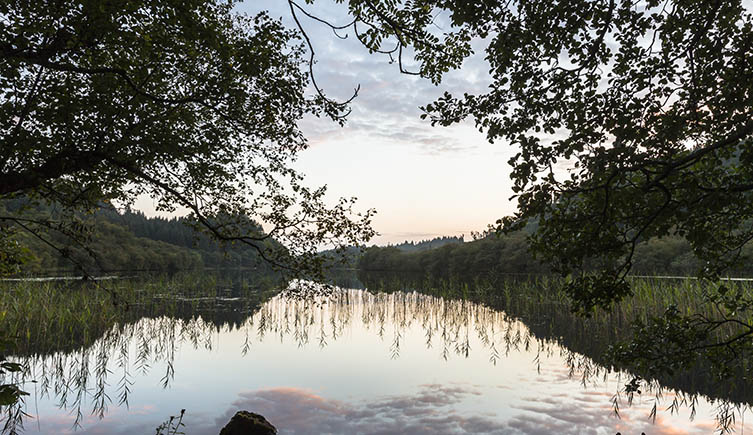
The beavers of Knapdale will stay, with more being brought in over the next few years © Jan Holm/Shutterstock
'The original beaver trial animals are coming to the end of their life expectancy,' explains Oly. 'There were never enough of them to create a sustainable population in the first place, so the next phase will be to introduce more animals to help shore up the population.'
These official protections will help the new beavers that will be relocated to Knapdale, as well as all the others living wild across Tayside.
Jo Pike, Chief Executive of the Scottish Wildlife Trust, says, 'Beavers are unrivalled as ecosystem engineers. They have the potential to greatly increase the health and resilience of our natural environment by creating new habitats.
'Granting beavers protected status is an important milestone for the return of the species to Scotland’s lochs and rivers. It follows decades of work by countless organisations and individuals to demonstrate the positive impacts that beavers can have.
'We accept that land managers need to have the ability to deal with localised negative impacts caused by beavers. However, it is equally important to ensure lethal control is only used as a last resort, and this does not threaten the successful spread of beavers into other areas of Scotland.'
We hope you enjoyed this article…
... or that it helped you learn something new. Now we're wondering if you can help us.
Every year, more people are reading our articles to learn about the challenges facing the natural world. Our future depends on nature, but we are not doing enough to protect our life support system.
British wildlife is under threat
The animals and plants that make our island unique are facing a fight to survive.
Hedgehog habitats are disappearing, porpoises are choking on plastic and ancient woodlands are being paved over.
But despite the mounting pressures, hope is not lost. Museum scientists are working hard to understand and fight against the unique threats facing British wildlife.
For many, the Natural History Museum is a place that inspires learning, gives purpose and provides hope. People tell us they 'still get shivers walking through the front door', and thank us for inspiring the next generation of scientists. To reverse the damage we've done and protect the future, we need the knowledge that comes from scientific discovery. Understanding and protecting life on our planet is the greatest scientific challenge of our age. And you can help.
We are a charity and we rely on your support. No matter the size, every gift to the Museum is critical to our 300 scientists' work in understanding and protecting the natural world.
From as little as £2, you can help us to find new ways to protect threatened wildlife and create advocates for nature. Thank you.
Read more
- Find out more about the Heart of Argyll Wildlife Organisation.
- Read the final report of the Scottish Beaver Trial.

British wildlife
Find out about the plants and animals that make the UK home.



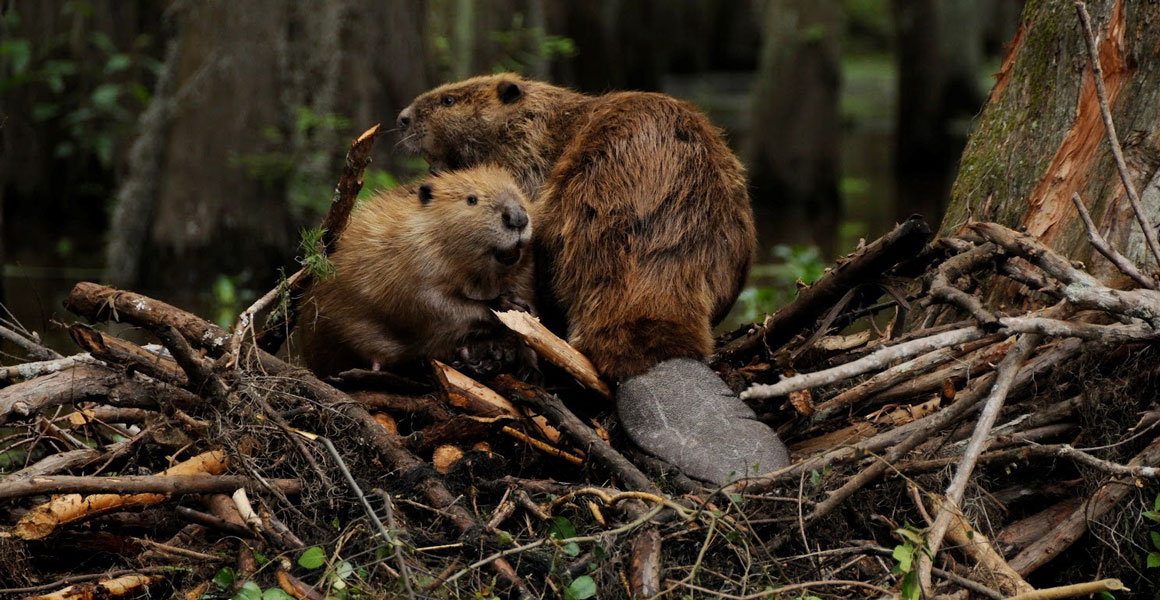
Don't miss a thing
Receive email updates about our news, science, exhibitions, events, products, services and fundraising activities. We may occasionally include third-party content from our corporate partners and other museums. We will not share your personal details with these third parties. You must be over the age of 13. Privacy notice.
Follow us on social media